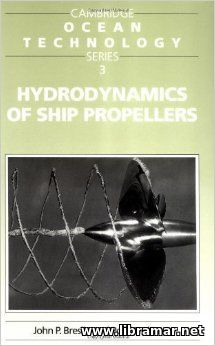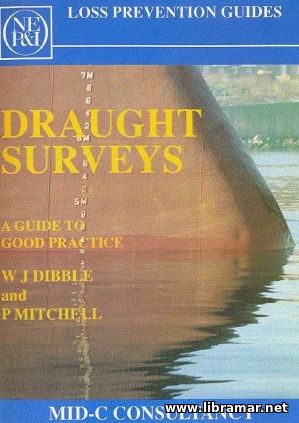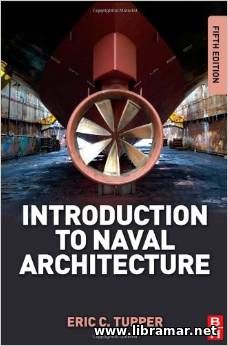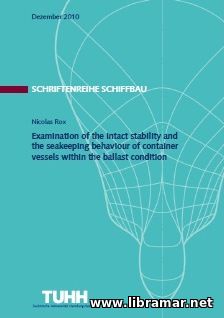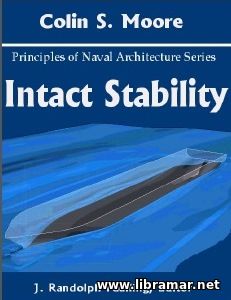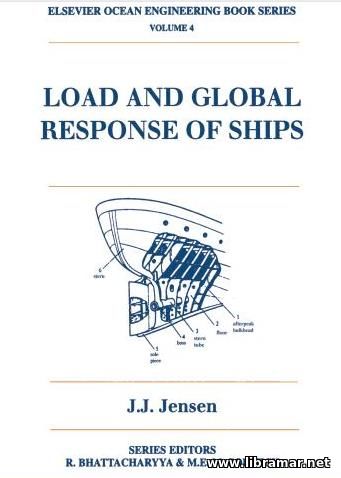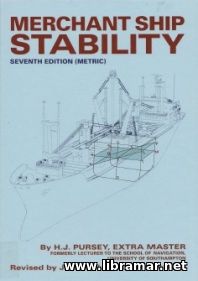
During the past decade considerable changes have been there in the approach of the scientists to the problem of ship stability and particularly to the impact it has on the merchant shipping. The most obvious of those changes were the introduction of the metric system as well as significant increase in the number and content of the examination requirement as well as establishment of the recommendations related to the standard method of presentation and utilizing of the stability information.
The present seventh release of the book has been specifically designed and released with the intention to meet all of those requirements. Most of the fundamental information contained there in the opening chapters of the book has been retained for the benefit of the readers not familiar with this subject. The remaining part of the text has been expanded and re-arranged in order to lead into the newly introduced materials; note that there is also one new chapter dealing with the stability information to demonstrate the standard presentation method.
The theory has been covered according to the standard that is commonly required for a Master's Certificate including all information required by the students. This information has been linked up with the real-life practice. Particular attention was paid by the authors to the matters which might be misunderstood or not appreciated in full...

